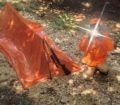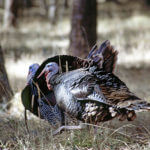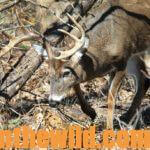Editor’s Note: J. Wayne Fears first learned survival training from his father who was a trapper. He later received survival training from both the U.S. Army and the U.S. Air Force. He’s been responsible for running hunting operations in Alabama, Alaska, British Columbia, and Colorado. His new book “The Scouting Guide to Survival” is his 34th book on outdoor subjects and tells what Fears has learned from his decades of survival experiences.
 First, let’s establish how valuable a fire can be to a lost or stranded person. Most people lost in the backcountry are scared, embarrassed, lonely, hungry, often cold or being attacked by flying pests, bored and usually in poor spirits. A fire can solve many of these problems.
First, let’s establish how valuable a fire can be to a lost or stranded person. Most people lost in the backcountry are scared, embarrassed, lonely, hungry, often cold or being attacked by flying pests, bored and usually in poor spirits. A fire can solve many of these problems.
A survival fire serves many purposes. It:
* acts as a signal;
* keeps the lost person busy;
* drives away pests;
* provides warmth;
* purifies water;
* dries clothing;
* lifts spirits;
* cooks food;
* gives light;
* may be used in crafting many useful items;
* gives a sense of security; and, in a way, provides company.
Flames can harden a wooden spear point. The white ashes can be consumed to overcome constipation, and the black ashes to stop diarrhea. In short, fire is one of the most valuable aids to your survival.
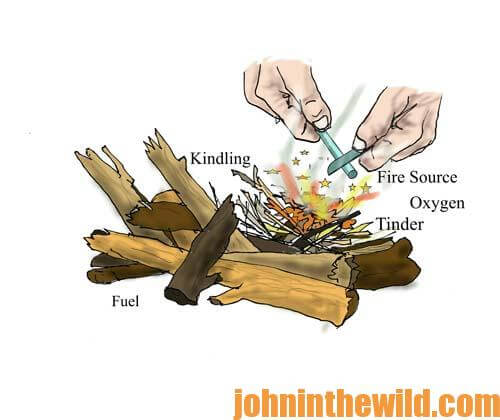 Steps to Building a Fire: First understand that you don’t just start a fire, you build it. There are five things you need to build a fire successfully. A fire must have:
Steps to Building a Fire: First understand that you don’t just start a fire, you build it. There are five things you need to build a fire successfully. A fire must have:
* oxygen, since burning is nothing more than rapid oxidation.
* a source of very hot heat, called an igniter like matches, flame from butane lighter, hot sparks from a ferro rod like the one from FireSteel (https://firesteel.com/) and/or sun rays directed onto tinder with a convex lens.
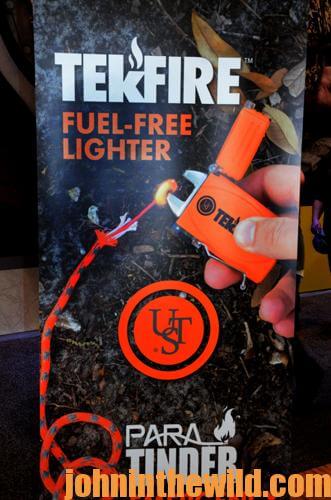 * tinder to catch the flame of the match, lighter or sparks and start the fire, such as cotton balls with petroleum jelly rubbed into them, shredded birch bark, an old bird nest, or charred 100% cotton cloth.
* tinder to catch the flame of the match, lighter or sparks and start the fire, such as cotton balls with petroleum jelly rubbed into them, shredded birch bark, an old bird nest, or charred 100% cotton cloth.
* kindling – small sticks and twigs – to catch the fire from the tinder and get it going hotter. Kindling should be small material that is very dry and has a high combustible point. It should be arranged over the tinder in such a fashion that it ignites when the flame from the tinder reaches it. Once on fire, the kindling will burn hot enough to ignite the larger fuel wood above it. When you gather kindling, gather a generous supply, especially in wet weather; and go to great lengths to keep it dry. Usually you’ll need a lot more kindling than you think to get a survival fire going.
* dry, dead, fuel wood and a lot more of it than you will think. Dry, dead, wood can be hard to find in wet weather but is available on lower limbs of evergreen trees, standing dead timber, or by splitting wet logs or large limbs and getting to the dry wood interior. Gather three times more fuel wood than you think you will need.
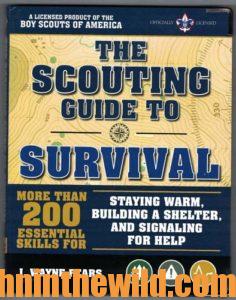 Building a fire on the first attempt requires practice and thought. Many try to add large pieces of wood too quickly. Others try to pile on so much wood that the flame gets too little oxygen to burn. Still others do not gather up the different sizes of wood necessary to build a fire in advance, and the fire goes out, while they are running around trying to find the tinder, small sticks, and fuel wood necessary.
Building a fire on the first attempt requires practice and thought. Many try to add large pieces of wood too quickly. Others try to pile on so much wood that the flame gets too little oxygen to burn. Still others do not gather up the different sizes of wood necessary to build a fire in advance, and the fire goes out, while they are running around trying to find the tinder, small sticks, and fuel wood necessary.
To learn more, you can buy a copy of the new book, “The Scouting Guide to Survival” by going to – www.amazon.com/J.-Wayne-Fears/e/B001HOIFOQ.

